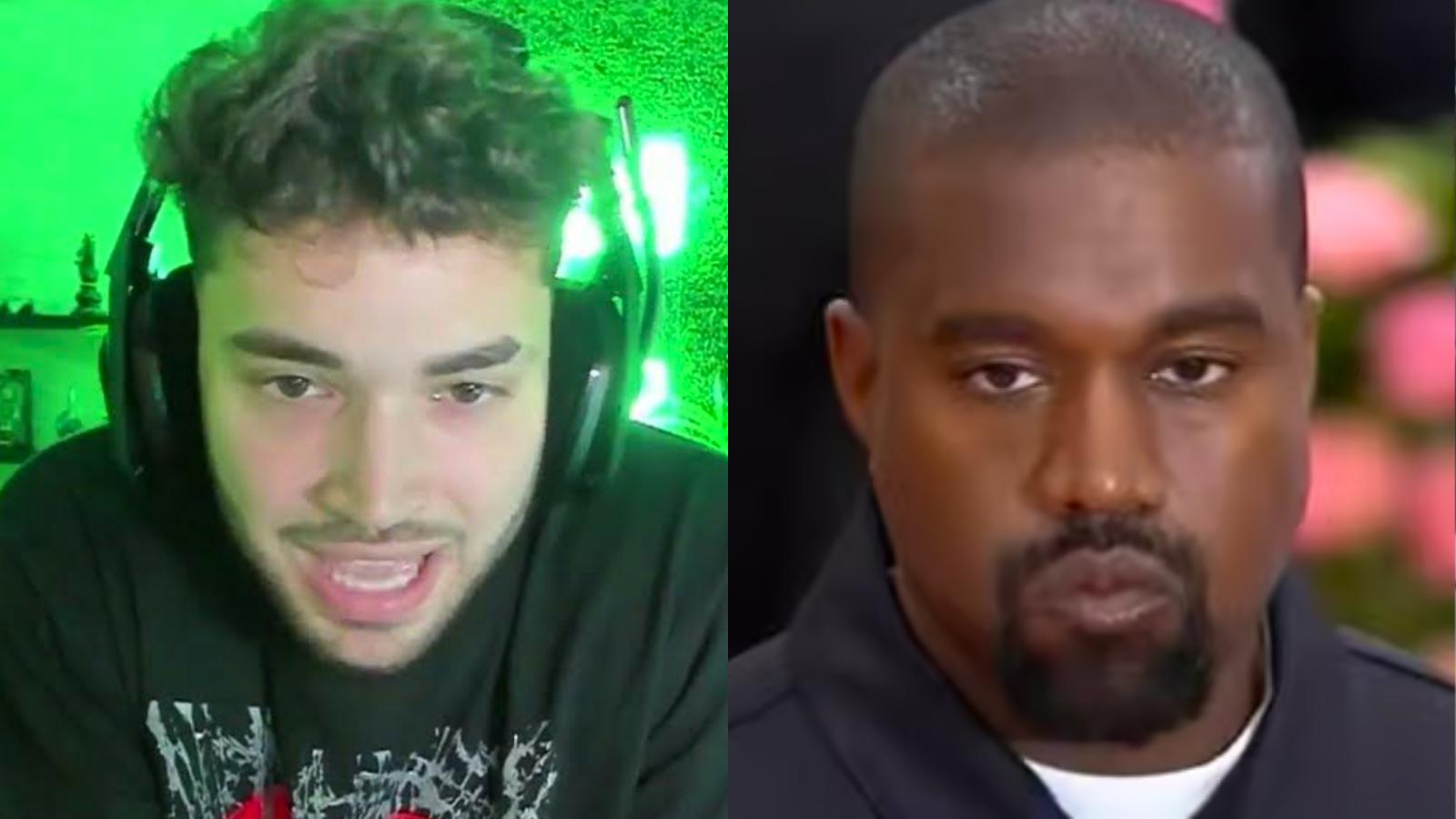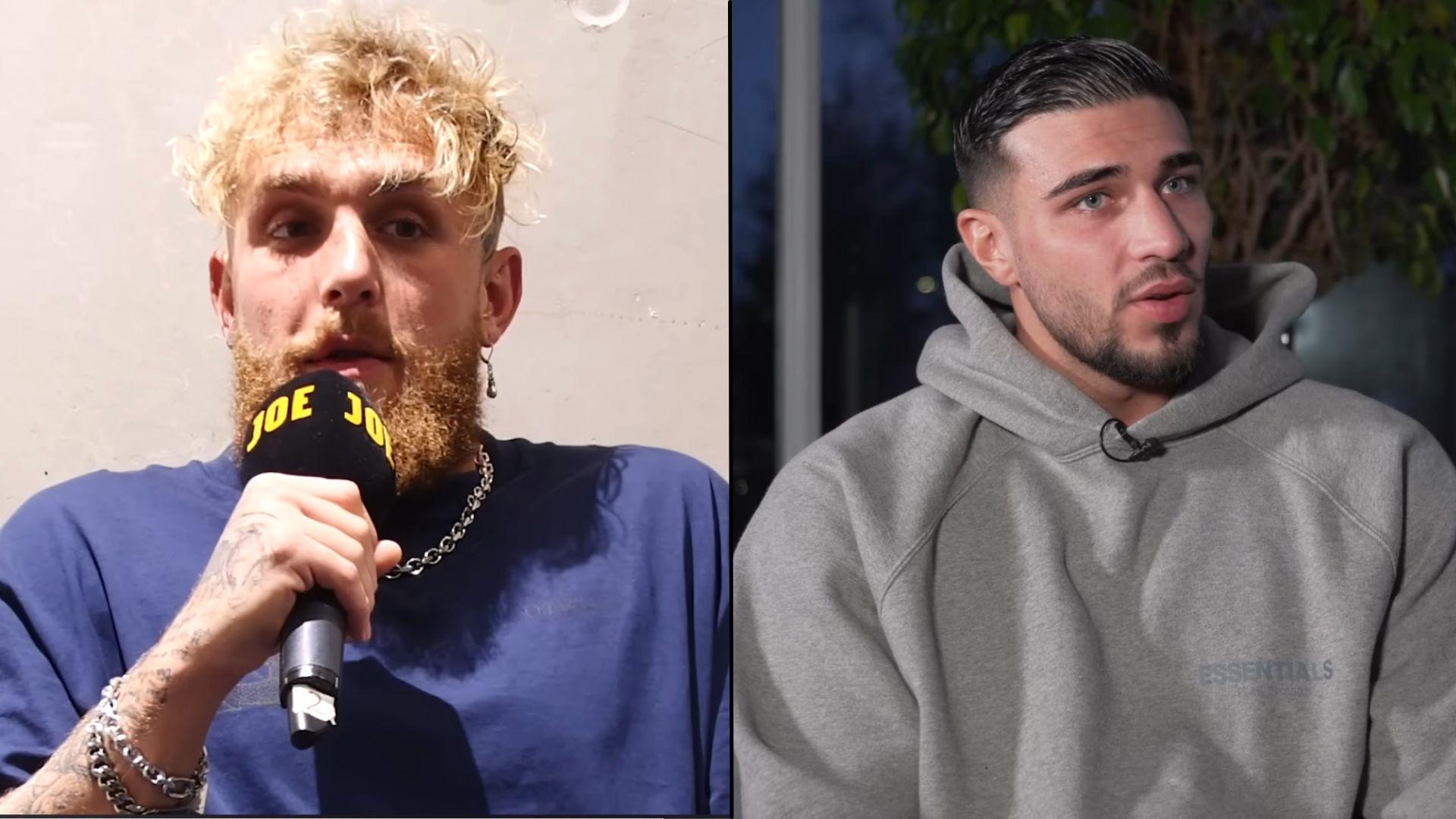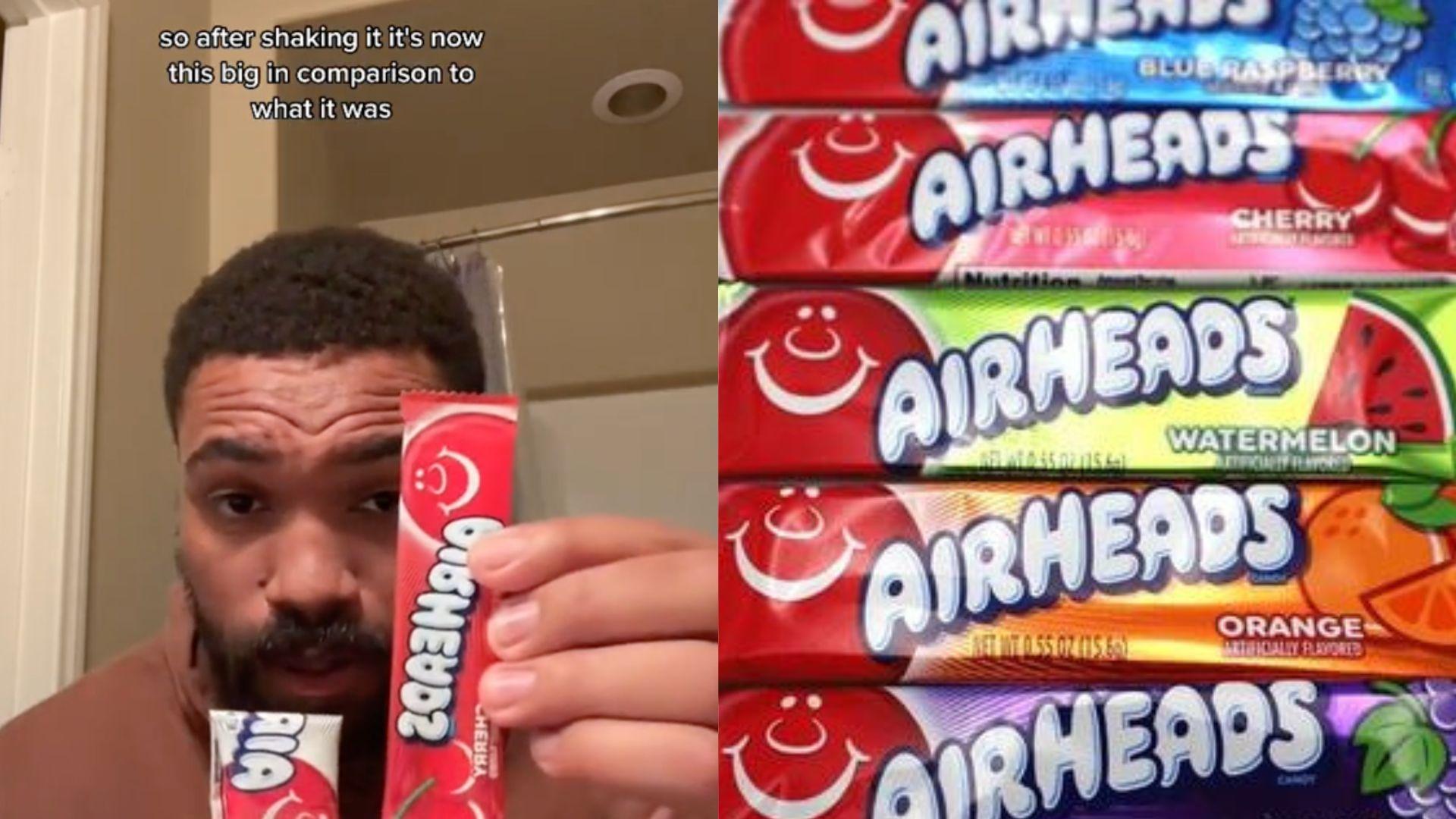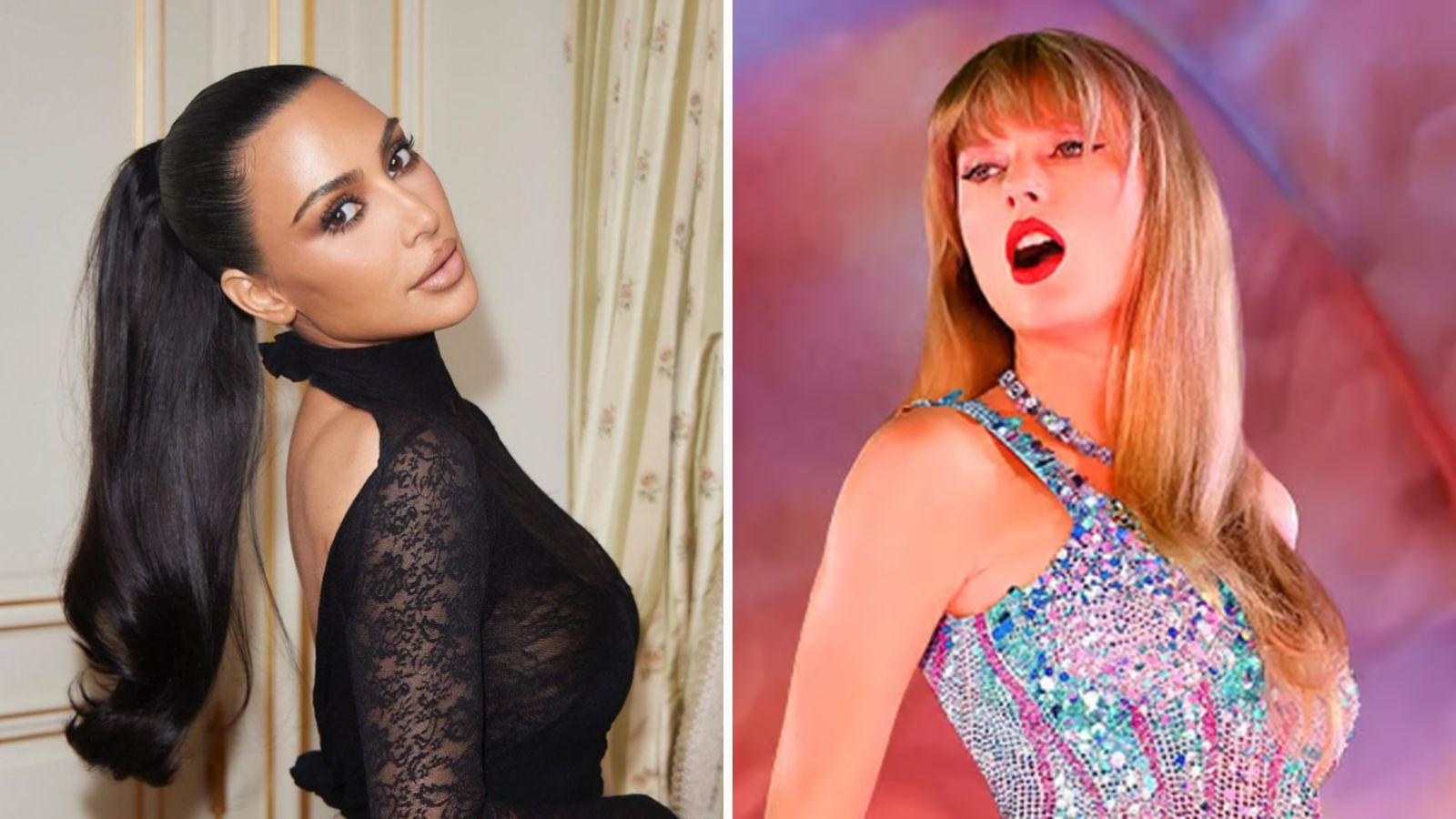Twitch branded content guidelines spark controversy: Changes explained, streamer backlash, more
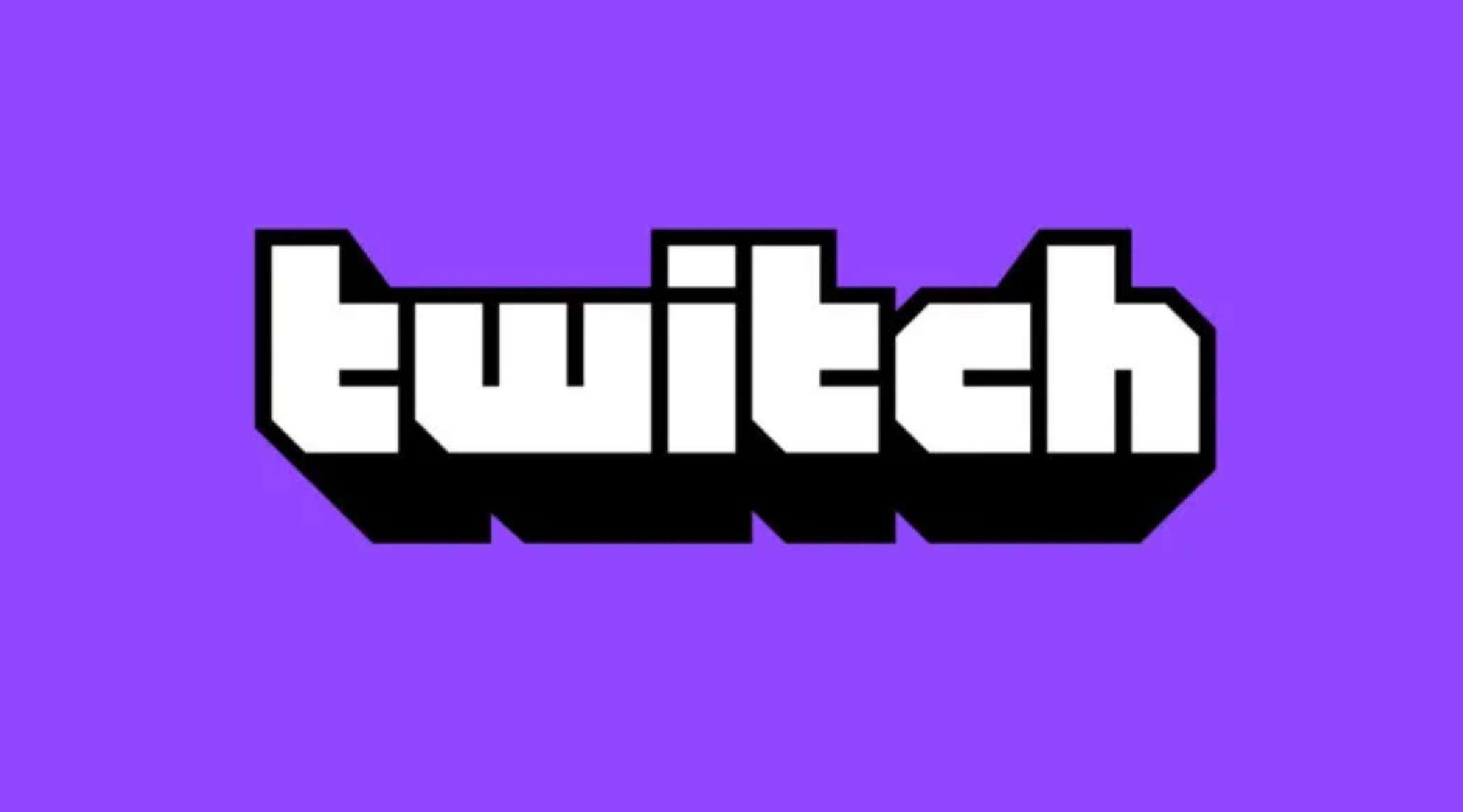 Twitch
TwitchTwitch just revealed its plans to implement new branded content guidelines. However, this news hasn’t gone down well in the streaming community. From a breakdown of the proposed changes to a recap of the backlash, here’s everything you need to get caught up.
Sponsored streams are a key source of revenue when it comes to content creation. Whether it’s a budding streamer looking to carve out a living or an established partner raking in the big bucks, outside of donations and subscriptions, sponsors are perhaps the biggest source of income.
Thus, when changes are announced for said sponsored streams, the impact is far-reaching across the entire platform. Those ripples were felt on June 6 when Twitch detailed its latest adjustments for what constitutes viable branded content.
Sweeping policy changes and new restrictions alike led to a colossal wave of backwash mere hours after news hit the web. So if you’re looking to get caught up on not only the new rules but the surrounding controversy too, we’ve got you covered with a full rundown below.
Contents
- Twitch’s branded content guidelines explained
- Ramifications of new branded content guidelines on Twitch
- Twitch streamers protest new changes
- Twitch apologizes amid wave of backlash
- Twitch backflips & scraps new branded content guidelines
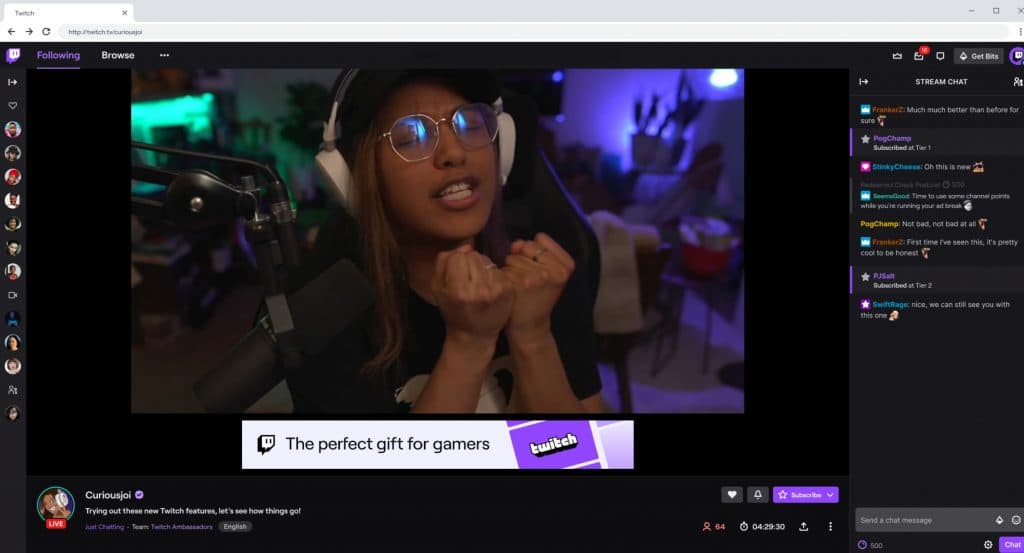 Twitch
TwitchTwitch’s new branded content guidelines explained
As defined by Twitch itself, branded content relates to “any content produced by streamers featuring products or services based on an exchange of value.” In layman’s terms, any streamers being paid to promote something fall under this umbrella.
Whether it’s playing a newly released video game as part of a deal, drinking a sponsored energy drink on stream, or advertising a clothing line, for instance, it’s all branded content at the end of the day.
However, it’s crucial to note that Twitch, the Amazon-owned streaming platform, holds the cards. “We recognize that streamers want to collaborate with brands, but as outlined in the Terms of Service, we maintain the exclusive right to sell, serve, and display advertisements on the Twitch Services,” a chunk of the new policy states.
As a result, Twitch is looking to clamp down on how this branded content is presented on the platform. Namely, through new restrictions, certain types of branded content is no longer allowed, while new guidelines enforce a stricter appearance for permitted content of this nature.
What is allowed under new branded content guidelines on Twitch
Products and services deemed unharmful are still permitted for sponsored streams on Twitch. However, the means in which content creators can integrate them are changing.
Here’s a look at what’s still allowed on Twitch when it comes to branded content:
- Branded panels on your Channel Page
- Showcasing products in your stream background
- Including links (in your chat) to other sites that promote things
- Discussing, endorsing, or unboxing products or services
- Playing sponsored games
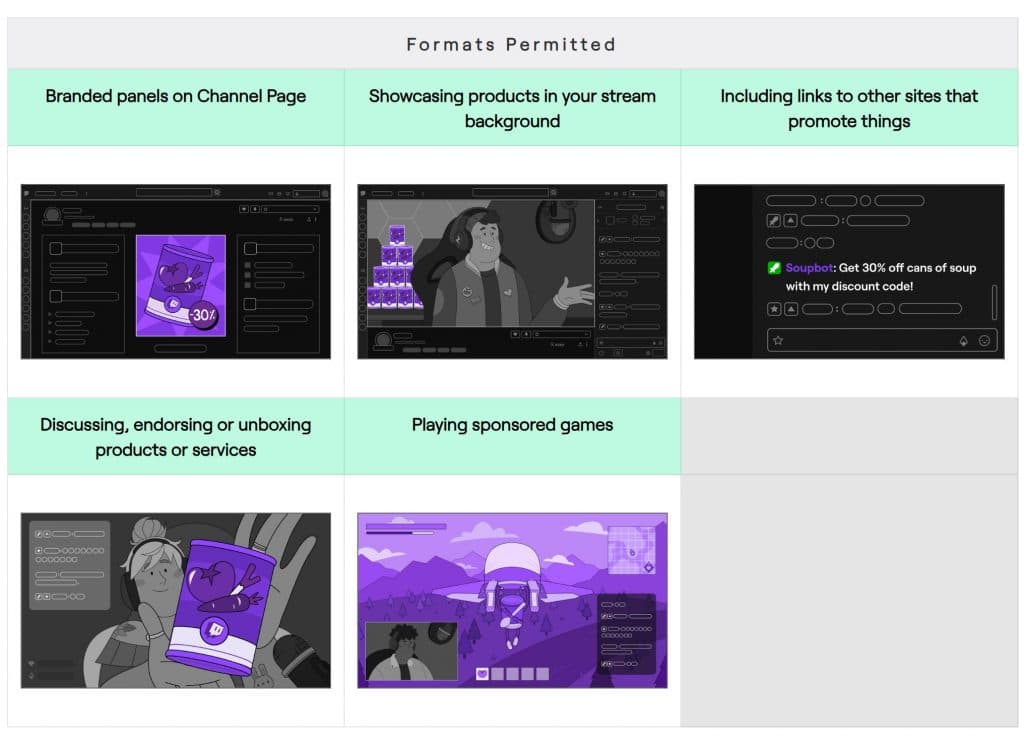 Twitch
TwitchWhat isn’t allowed under new branded content guidelines on Twitch
Moving forward, should these new guidelines remain intact, streamers will no longer be permitted the freedoms they once were when it comes to branded content. From specifics like the exact size of sponsored logos on streams, to broader restrictions like banner ads or pre-recorded video ads now banned on Twitch, there’s plenty to wrap your head around.
Here’s a look at what’s no longer allowed on Twitch in light of its new branded content guidelines:
- Logos on stream: On-stream brand overlays are limited to 3% of screen size
- Inserted ‘burned in’ video ads: Streamers may not insert video ads directly into their streams
- Inserted ‘burned in’ display ads: Streamers may not insert display or ‘banner’ ads directly into their streams
- Inserted ‘burned in’ audio ads: Streamers may not insert audio ads directly into their streams
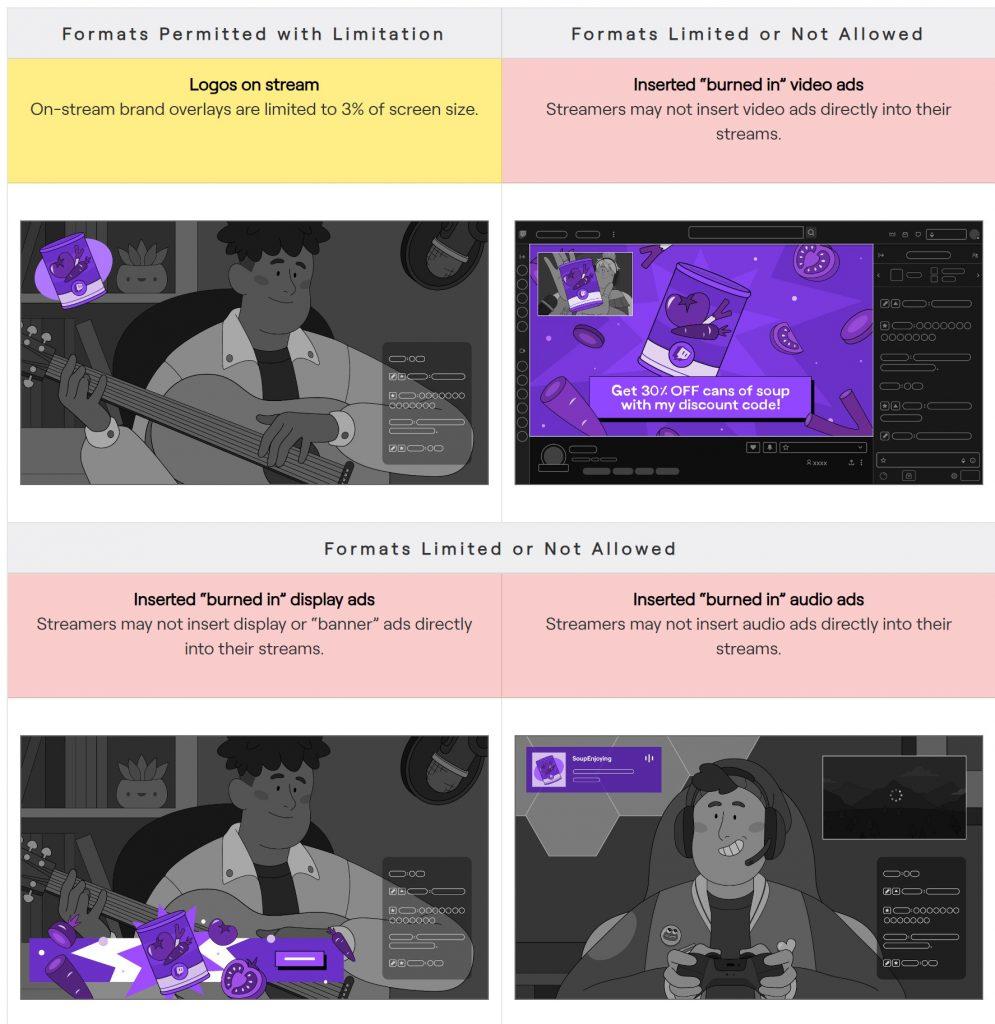 Twitch
TwitchFurthermore, certain types of branded content is also restricted under the new guidelines. As you would expect, anything outright illegal, hateful, or deemed as malicious, can’t be promoted on Twitch. This also extends to the likes of political content, adult-oriented products or services, and even financial products and services too.
If streamers are uncertain on whether a proposed brand deal aligns with these new restrictions, Twitch encourages them to check the Branded Content Discloser Tool in the Stream Manager.
Ramifications of new branded content guidelines on Twitch
Given the significance of these new guidelines, the impact can be felt by content creators at all levels. For the average streamer on Twitch, perhaps the most important aspect here is the new on-stream limitations.
No longer can a typical Twitch streamer accept an ordinary brand deal with the usual slate of on-stream assets. With burned in videos and even banners now barred from the platform, all that can be featured is a simple logo to promote the sponsor. Yet even that logo is now restricted and can’t exceed 3% of your total screen size.
In particular, these guidelines could severely impact charitable streams. In the past, charity-driven content often features key advertising marks on stream. Whether it’s banners updating fans on total donations or even full-screen promotions at certain intervals, charity streams often rely on these measures to convey key information to the audience.
Similarly, Twitch’s new guidelines also impose major restrictions on esports broadcasts. Given esports is still a completely free-to-watch form of entertainment, publishers and event organizers typically rely on sponsor revenue to stay afloat. That can appear in the form of video ads, audio ad reads on air, and of course, branded logos across the board. Exactly how esports organizations can expect to turn a profit under these restrictions is yet unclear.
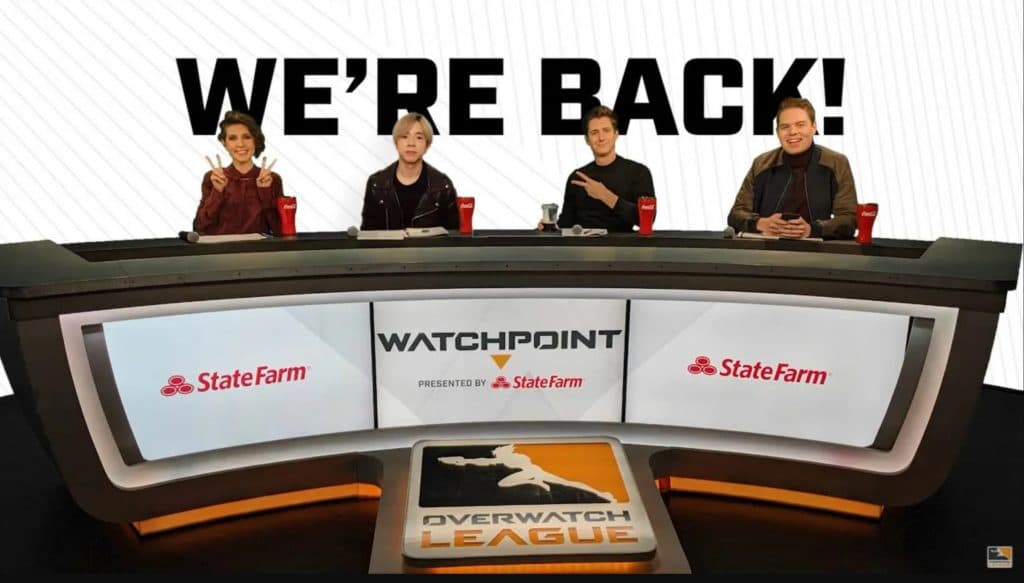 Overwatch League
Overwatch LeagueFrom another angle, the branded content guidelines also impact disabled streamers. One key example raised by blind content creator Steve Saylor relates to the new logo sizing parameters. “The 3% logo size rule isn’t accessible for low vision users as it is too small for overlays and even smaller on mobile,” they explained.
Twitch streamers protest branded content guidelines
As you would have likely put together by now, Twitch’s newly revealed guidelines haven’t exactly been met with much fanfare. Quite the opposite as countless Twitch streamers have lashed out at the proposed changes, with some even threatening to leave the platform altogether.
Among the first to protest was Twitch superstar Asmongold. As one of the biggest personalities on the site today, he spoke out against the new policies and even pushed for other streamers to “consider boycotting Twitch or moving to other platforms.
“Making common and harmless forms of advertisement literally against Terms of Service so Twitch can monopolize more of streamers’ income.”
Given Asmon is a co-founder of streaming group OTK, it was only right the mega-popular team followed suit with its own response next. In a lengthy “message to Twitch” hours after news broke, OTK fought back against the platform’s “anti-creator” policies.
“Small streamers who rely on their once-a-month Hello Fresh sponsorship cannot pay their bills under these new guidelines,” the statement put bluntly.
Furthermore, fellow co-founder Tips Out shared his own statement on Twitter, adding that if Twitch follows through with its proposed changes, “OTK network will be leaving Twitch. This is a direct attack on our business, staff, and all of the hard work we have put into our organization.”
It wasn’t long before more content creators joined the conversation, with former Twitch icon turned YouTube-exclusive streamer Ludwig chiming in next. “Twitch suffers from having no relationship built with their viewers/streamers,” he claimed.
“It’s always a carefully crafted impersonal article. And based on all their recent actions, viewers have no choice but to interpret everything in the least charitable way.”
MoistCr1tikal then followed up with harsh words of his own, arguing that Twitch is “completely lost as a platform,” even going on to bash the “geriatric policy decision.”
The overwhelming backlash even caught the attention of MrBeast. “I’m not even a Twitch streamer and now I want to stream on a competitor just to spite them for you guys,” he said. “If YouTube pulled this sh*t, I’d lose my mind.”
Twitch apologizes amid backlash to new guidelines
Given the all but unanimous uproar, Twitch eventually issued a brief apology on Twitter. Hours after the branded content guidelines were made clear, the platform claimed its proposed changes were “overly broad.
“This created confusion and frustration, and we apologize for that. We do not intend to limit streamers’ ability to enter into direct relationships with sponsors, and we understand that this is an important part of how streamers earn revenue.
“We missed the mark with the policy language and will rewrite the guidelines to be clearer. Thank you for sharing your concerns, and we appreciate the feedback. We’ll notify the community once we have updated the language.”
Twitch backflips & scraps new branded content guidelines
Just one day after the new branded content guidelines were made clear, Twitch relented under the pressure. All proposed changes have since been scrapped, with Twitch again apologizing for its actions and ensuring things will remain as they were before.
“Yesterday, we released new branded content guidelines that impacted your ability to work with sponsors to increase your income from streaming. These guidelines are bad for you and bad for Twitch, and we are removing them immediately.”
A definitive statement, Twitch acknowledged the harm of its planned changes and went back on its word. Now, moving forward, streamers can continue to engage with sponsors and advertise various products and services as they did previously, without any new restrictions in place.
